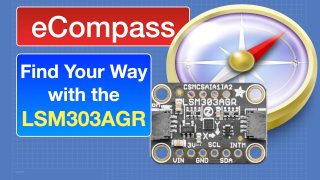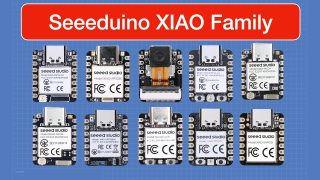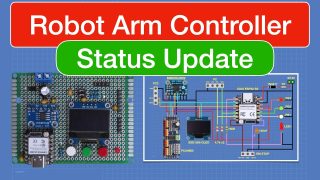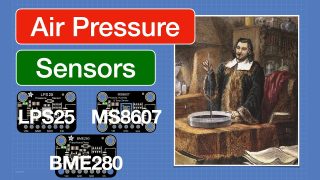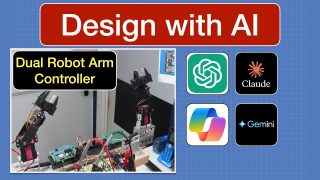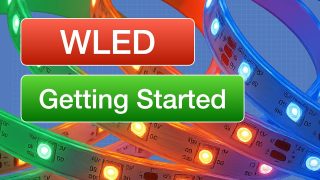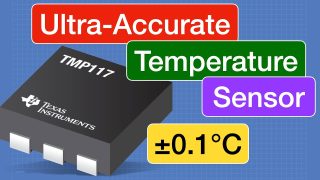Build a Real Robot – Episode 13 – I2C Issues
Next step with DB1 is to start wiring up sensors. But, before we do, we need to discuss some of the shortcomings of using I2C and how to overcome them.
Participate in the DB1 Discussion on the DroneBot Workshop Forum – https://forum.dronebotworkshop.com/
More DB1 article at https://dronebotworkshop.com/build-a-real-robot/
Join the newsletter! Sign up at https://dbot.ws/dbnews
The next phase of the DB1 robot project will be to add the navigation sensors. These are the sensors that will prevent the robot from crashing into walls and falling down stairs!
These sensors are NOT to be confused with the sensors on the sensor layer, they are independent and are just for navigation. And they need to be mounted all over the robot, not just on the base.
The sensors will communicate with the Arduino Mega using I2C. But, for all of its merits, I2C has some issues that we will need to resolve before we can use it.
The biggest problem with I2C is that we are not using it the way it was intended, originally I2C was simply used to allow integrated circuits on the same PCB to communicate. Extending its reach with wires can pose a problem, especially in an environment like DB1 that has a lot of potential for electrical interference.
I’ll show you a couple of solutions to the problem, and I’ll let you know which one I’m using.
BTW, there currently is no article to accompany this video. I’ll be condensing the last few videos into one article shortly.
Let’s talk about robots and electronics together! Join the discussion on the new DroneBot Workshop Forums. Get started by visiting https://forum.dronebotworkshop.com/. Looking forward to chatting with you!
source




